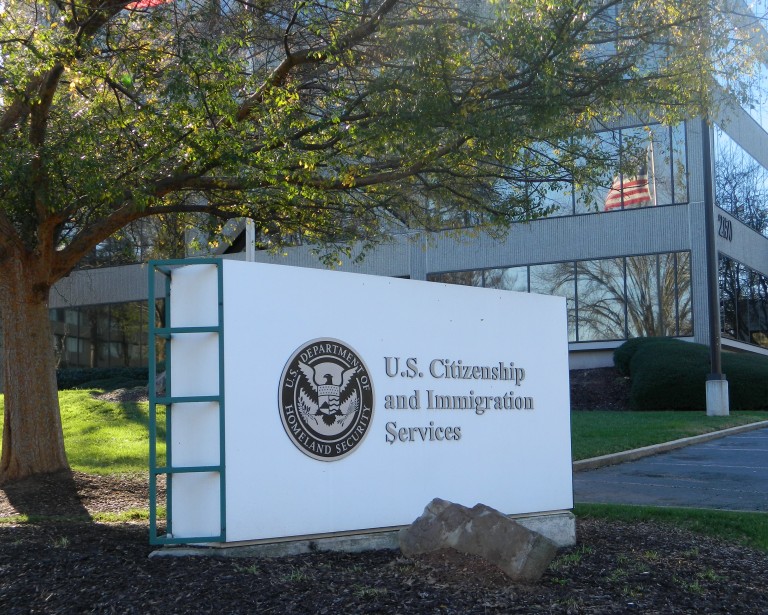On November 14, 2016 USCIS released a revised version of Form I-9, Employment Eligibility Verification. Employers may continue using Form I-9 with a revision date of March 3, 2013 through January 21, 2017. Effective January 22, 2017, employers must use the new form.
The new form may now be considered a “smart” I-9 because most fields have an icon that hovers over the field and provides further instruction, helping to avoid unintended errors. However, this feature is only enabled if the employer uses the PDF version of the I-9 form online.
A noteworthy feature of the “smart” I-9 precludes the completion of the form if a mandatory field has not been completed. The missing information will be highlighted and the page cannot be saved until all the required fields have been completed.
Furthermore, it provides guidance on preventing what is termed “over-documentation,” which today results in costly USCIS fines. For example, if one accepts and records a List A document, such as a permanent resident card, Sections B and C will automatically indicate “N/A,” preventing an employer from “over-documenting” by also completing those fields.
Another major improvement is on page two of the Employer section, which now contains a large box provided for entering additional clarifying information. For example, certain categories of foreign nationals have a unique employment authorization status which may require special notes. Just a few examples include: Temporary Protected Status for nationals from, for example, El Salvador and Haiti; STEM-based Optional Practical Training for foreign students; “Cap Gap” continued work authorization for successful H-1B lottery applicants; and H-1B change of employers.
Yet another major feature is a new section that is provided for translators and others that assist in the completion of the I-9. The responsibility that these individuals possess is highlighted in the instructions to the new I-9 Supplement that facilitates completion by one or more translators and preparers. Furthermore, the new hire must attest as to whether the form was completed with the assistance of a translator or preparer.
To assist the employer in recording the correct document in Section 2, if using a computer, the number entered in the citizenship/immigration status field provides drop-down menus that directly relate to the immigration or citizenship status selected by the employee. Documents that are inconsistent with the citizenship/immigration status will be automatically flagged as erroneous.
Finally, the new I-9 includes an “error check” feature for both the employee and employer sections, to help identify correctable errors and omissions prior to printing and signing the form.
The instructions to the I-9 comprise fifteen pages, and with the addition of numerous icon instructions, there is a lot of information for employers to digest. Here are a few highlights:
- Section One may be completed once the employee accepts the job offer (but not before!) even if the employment start date is later.
- The insertion of a social security number is optional except for E-Verify employers. However, one can delay running the data with E-Verify until a social security number is obtained.
- The new I-9 provides a list of acceptable abbreviations related to the type of document and the issuing authority.
- New hires are warned about the consequences of making a false claim to U.S. citizenship.
- An employer can’t insist on which document an employee presents as long as it fulfills either a stand-alone List A document or a combination of List B and C documents – but not both. Example: a permanent resident need not present an alien registration card; an unrestricted social security card (List C) and an unexpired driver’s license (List B) will suffice.
- In the new “Additional Information” section in Section Two, one can make notes regarding the date of employee termination and corresponding form I-9 retention requirement date. One can also record the E-Verify case number which must be recorded on the I-9, however the current I-9 has no specific space to record it.
- When completing Section C in connection with a reverification and rehire, if a name change has occurred, it should be noted.
- Section C can be used for rehires only within three years of the original execution of the I-9.
- Do not re-verify the documents of: S. citizens, permanent residents and conditional permanent residents, and certain asylees and refugees; and do not re-verify List B documents such as driver’s licenses that have expired after hire.
- One should timely complete I-9s and not backdate the signature date.
Note that on August 1, 2016, USCIS announced dramatically higher fines for I-9 paperwork- related errors. It increased the fines for violations occurring after November 2, 2015 by a whopping 96% — from a prior range of $110 to $1100 to the new amount of $216 to $2156 per I-9. Under its current penalty structure, ICE generally fines at the higher range — even if the employee has work authorization and is a U.S. citizen or lawful permanent resident. Hopefully the new “smart” I-9 provides employers with the necessary guidance to better complete the form and avoid expensive fines.
Stone Grzegorek & Gonzalez LLP is a boutique immigration law firm comprised of 20 lawyers with significant expertise in tackling complex matters in all aspects of U.S. immigration law. If you have any questions about this article, please contact any member of the Firm. We can be reached at (213) 627-8997 or online at www.sggimmigration.com.

